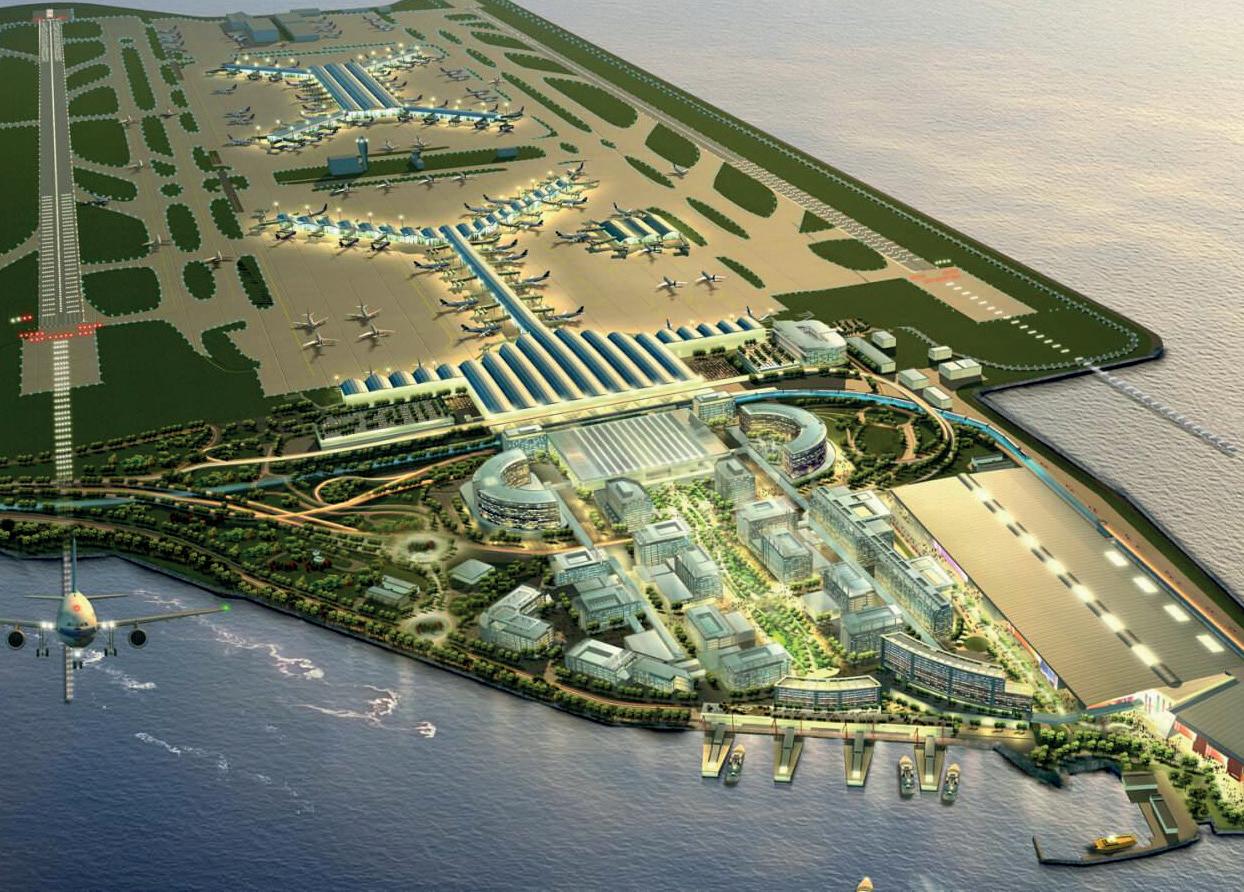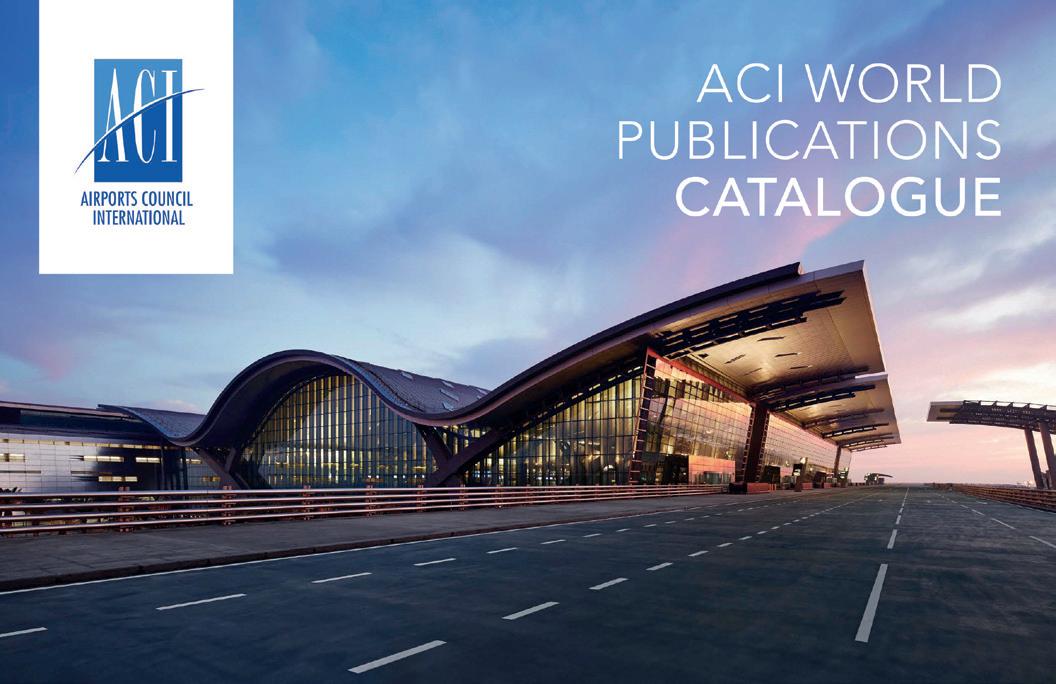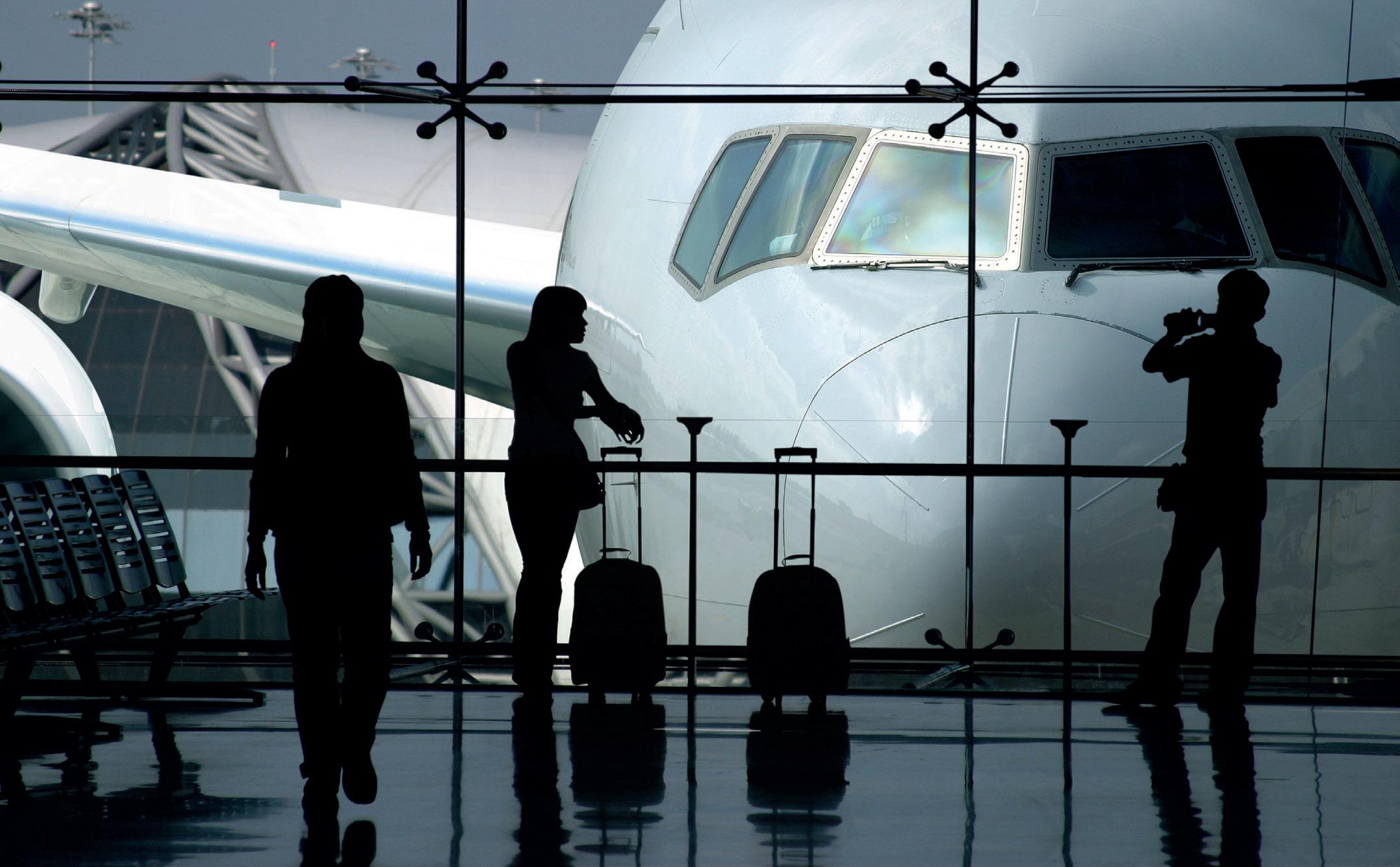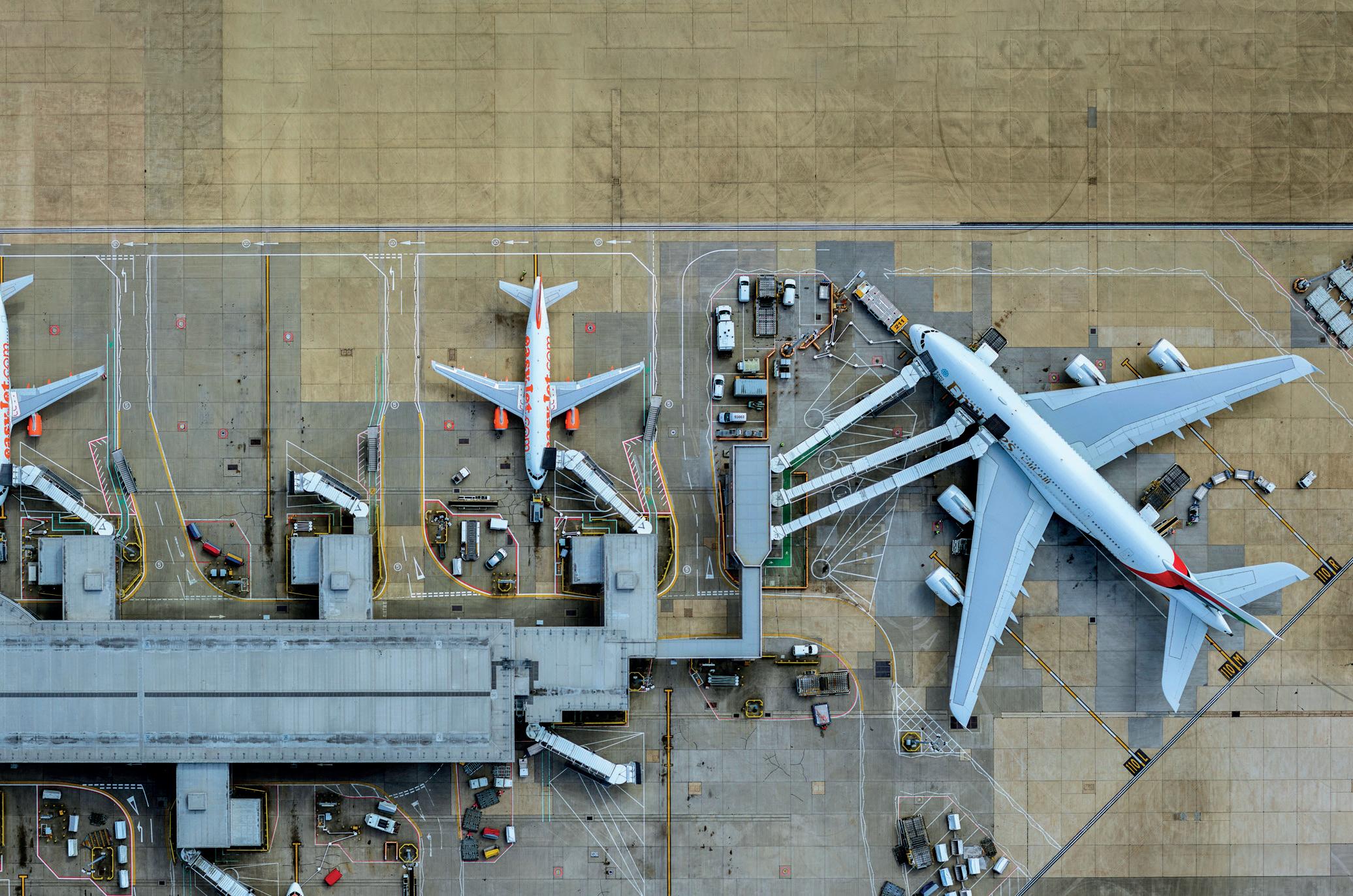SPECIAL REPORT: ECONOMICS & FINANCE
Fantastic journey! AviaDev Europe’s managing director, Juraj Toth, discusses the economics of route development and the global value of aviation.
I
n the past few months, the aviation industry has become an easy target in the global fight against climate change. People all around the world, but especially in Europe, have been pointing fingers at air transport as a source of evil that just damages the planet, without acknowledging the immeasurable benefits that aviation has delivered, and continues to deliver for humankind. IATA CEO, Alexandre de Juniac, always says that with flying, we are in the business of freedom and peace. And he is right! Countries that have direct air links with each other cannot be at war. Global travel which, by and large is facilitated by aviation, has been bringing nations, cultures, economies and families together for over a century, and this is something that must not be forgotten. At the same time, all the industry players are well aware of the carbon footprint of flying with aviation estimated to account for 2.1% of global CO2 emissions, and there have been extensive measures and strategies implemented to reduce this footprint. But we won’t talk about that in this article. Today, we’ll take a closer look at the more tangible part of the equation. We will illustrate how massive aviation’s contribution is to the global economy, by using a couple of real examples. As ICAO states in their Aviation Benefits Report, the aviation industry supports more than 65 million jobs around the world, and it covers 3.6 % of global GDP. The economic impact generated by the industry is calculated to $2.7 trillion (that is 12 zeros). Let’s narrow it down a little bit using IATA’s materials published in June 2019 referring to the importance of air transport to individual countries. And let’s take Croatia as an example.
34
AIRPORT WORLD/ISSUE 1, 2020
A relatively small state with a population of four million, it is famous for its beautiful Adriatic Sea coast, numerous natural reserves and fantastic cuisine. Naturally, it depends very much on tourism, which has rapidly developed over the last two decades and currently accounts for up to 20% of Croatian GDP. Aviation plays a vital role in the success story of Croatia. According to IATA’s paper it supports 35,000 jobs and the gross value added contribution to GDP is calculated to be $1.4 billion. Passengers-wise most of the traffic comes from Europe (4.3 million), followed by North America (230,000) and the Asia-Pacific (188,000). National flag carrier, Croatia Airlines, definitely plays its part in supporting the national economy. However, it’s been struggling with profitability for some time now and currently is also looking for investors. Therefore, most of the growth has been recently delivered by the low cost carriers, including the largest European airline, Ryanair. In December 2019, Ryanair announced eleven new routes to Zadar Airport to be operated in summer 2020. One of them is to Liverpool in the UK, so let’s take this route as an example. It will be operated on a twice weekly basis with an Airbus A320 with 180 seats (as Summer 2020 schedule will be operated by a new Lauda base). Both Ryanair and Lauda reported 95% load factors and in total 50 flights will be operated next summer. That accounts for 8,550 arriving guests to Zadar. According to the findings of the 2017 survey by the Zagreb based Institute of Tourism, British tourists spend on average €140 a day in Croatia. Their average length of stay according to the Croatian bureau of statistics was 5.1 nights.















